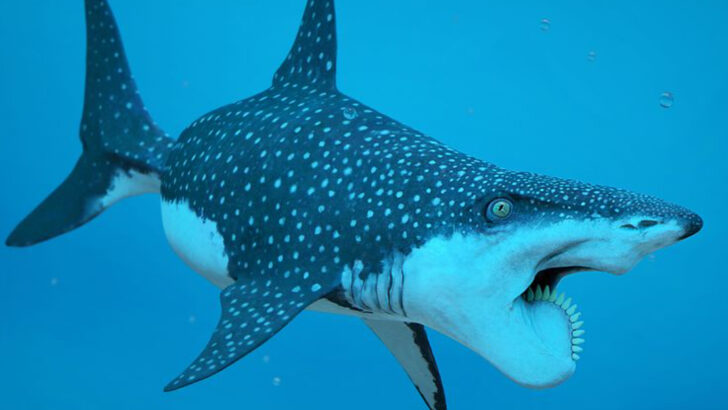The Earth was once a very different place—one where enormous creatures roamed freely, shaping the world as we know it. But over time, many of these awe-inspiring animals vanished, leaving only traces of their existence.
Imagine a time when giant mammals and strange, one-of-a-kind birds walked the land, swam in the seas, and soared through the skies. The planet was teeming with life in ways we can only dream of today.
In this post, we’ll take you on a journey through time to meet 22 incredible extinct animals that once ruled the Earth. From towering giants to bizarre, now-forgotten species, each animal has its own story that adds to the incredible diversity of life that once thrived here. Ready to explore a world full of creatures that will take your breath away?
Woolly Mammoth
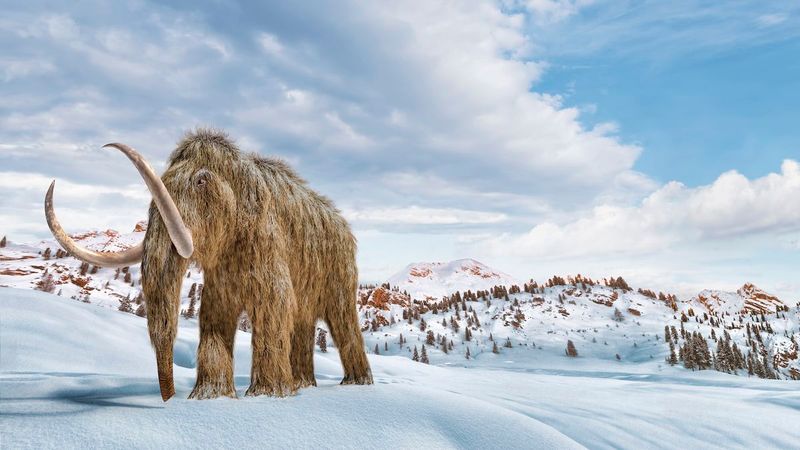
The woolly mammoth, a giant of the Ice Age, roamed the cold northern landscapes of Europe, Asia, and North America. With its long, shaggy hair and massive tusks, it was well adapted to the frigid temperatures.
These beasts traveled in herds, using their tusks to dig through snow in search of food. Their extinction around 4,000 years ago marks a significant loss in Earth’s biodiversity. Imagining these creatures wandering icy plains brings a sense of wonder to our modern world.
Dodo
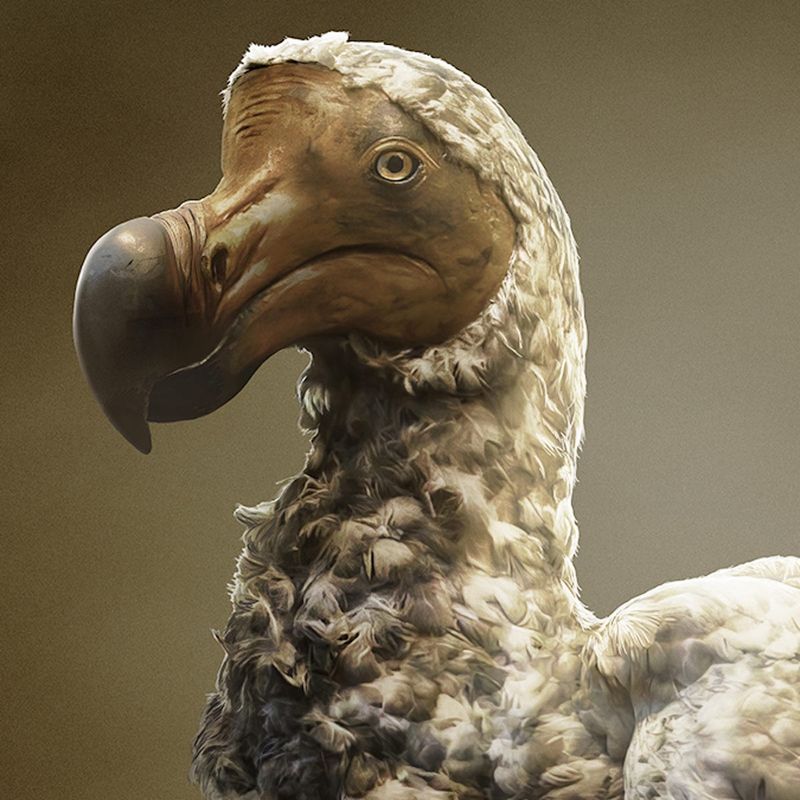
The dodo, native to Mauritius, was a flightless bird with a quirky charm. Its plump body and unique appearance made it a symbol of extinction. Once thriving on the island, it faced doom as humans and introduced species disrupted its habitat.
By the late 17th century, the dodo had vanished, leaving only tales and illustrations as reminders. The dodo’s story highlights the impact of human activities on wildlife and the fragile balance of ecosystems. Its legacy endures as a call for conservation.
Tasmanian Tiger

The Tasmanian tiger, or thylacine, was a carnivorous marsupial native to Tasmania. It resembled a large dog with distinct stripes across its back. Hunted to extinction by the early 20th century, it remains a symbol of lost wildlife.
Rare sightings and myths persist, keeping its memory alive. The thylacine’s tale warns of the consequences of human encroachment and hunting. Its mysterious aura continues to captivate those who dream of rediscovering lost species in the wild.
Great Auk
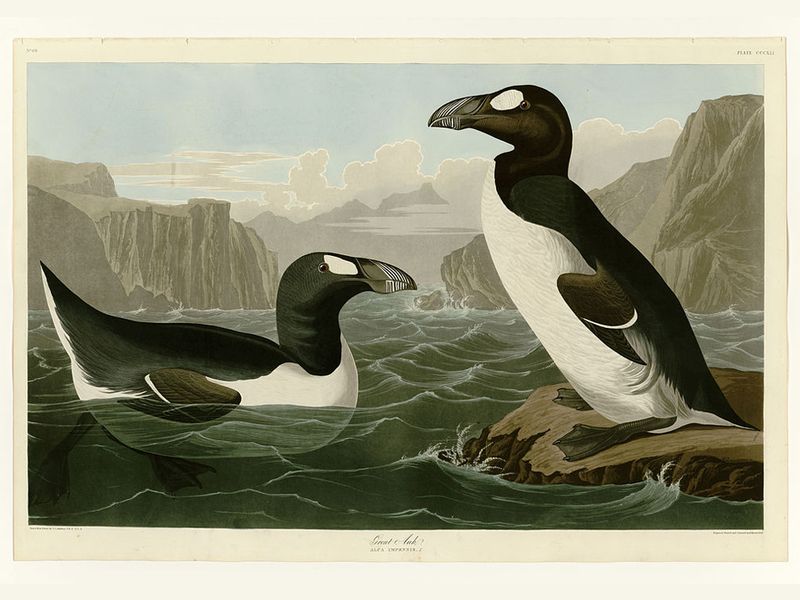
The Great Auk, an imposing flightless bird, once inhabited the North Atlantic’s rocky coasts. Known for its striking black and white plumage, it thrived in large colonies. Human exploitation for feathers and eggs led to its extinction in the mid-19th century.
The Great Auk’s story is a poignant reminder of nature’s vulnerability to human greed. Envisioning these birds along rugged cliffs evokes admiration and a longing to protect what remains of our natural world.
Quagga
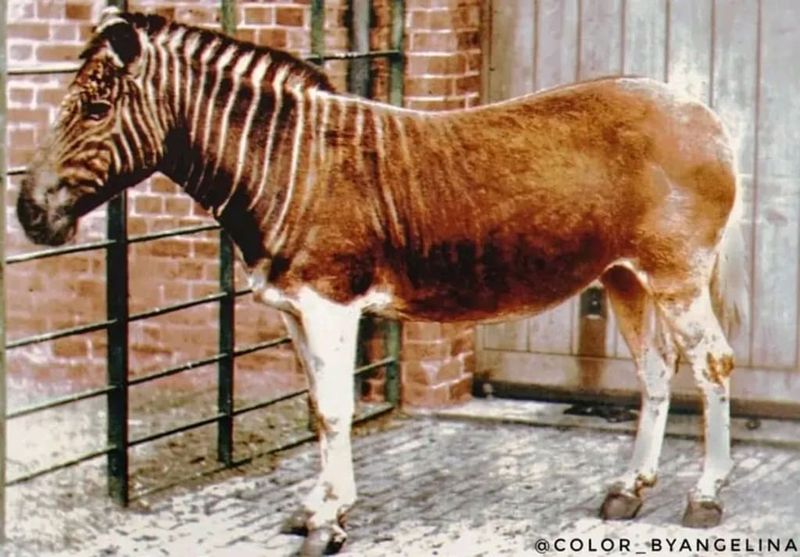
The quagga, a subspecies of the plains zebra, was distinguished by its partial striping. Native to South Africa, it grazed the open savannahs until the late 19th century. Overhunting and habitat loss sealed its fate, with the last known individual dying in a zoo.
Efforts to revive its genetic lineage offer hope for restoration. The quagga’s tale underscores the impact of human activities on species diversity and the potential for conservation success stories.
Passenger Pigeon
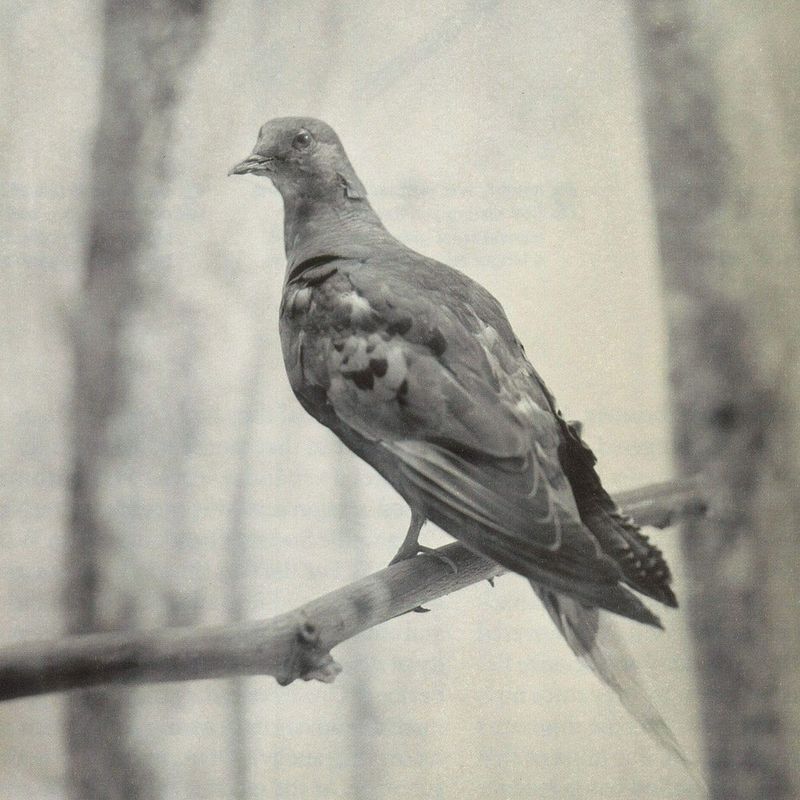
Once the most numerous bird species in North America, the passenger pigeon flew in vast flocks, darkening the sky. Their numbers declined rapidly due to mass hunting and habitat destruction. By the early 20th century, the passenger pigeon was extinct.
This bird’s demise illustrates the catastrophic impact of unchecked exploitation. Imagining their flocks soaring through forests inspires awe and a commitment to preserving wildlife for future generations.
Irish Elk
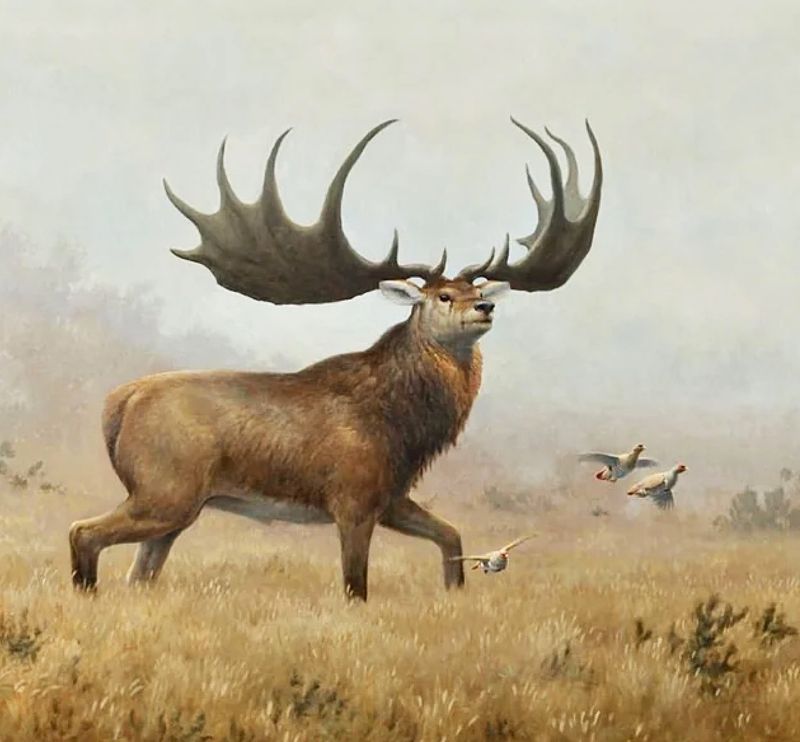
The Irish elk, known for its colossal antlers, roamed across Europe during the Pleistocene epoch. These majestic creatures were not true elk but giant deer, with antlers spanning up to 12 feet.
Their extinction around 7,700 years ago resulted from climate changes and human hunting. The sheer size of the Irish elk’s antlers evokes wonder about nature’s extremes. Visualizing these majestic deer adds to the fascination with Earth’s prehistoric wonders.
Steller’s Sea Cow

Steller’s sea cow, discovered in the 18th century, was a massive marine herbivore inhabiting the North Pacific. Resembling a giant manatee, it grazed on kelp in coastal waters. Hunted to extinction within 27 years of discovery, it symbolizes the rapid impact of human exploitation.
Steller’s sea cows remind us of the ocean’s hidden marvels and the urgent need to protect marine life. Envisioning them gliding through seaweed forests ignites a passion for ocean conservation.
Moa
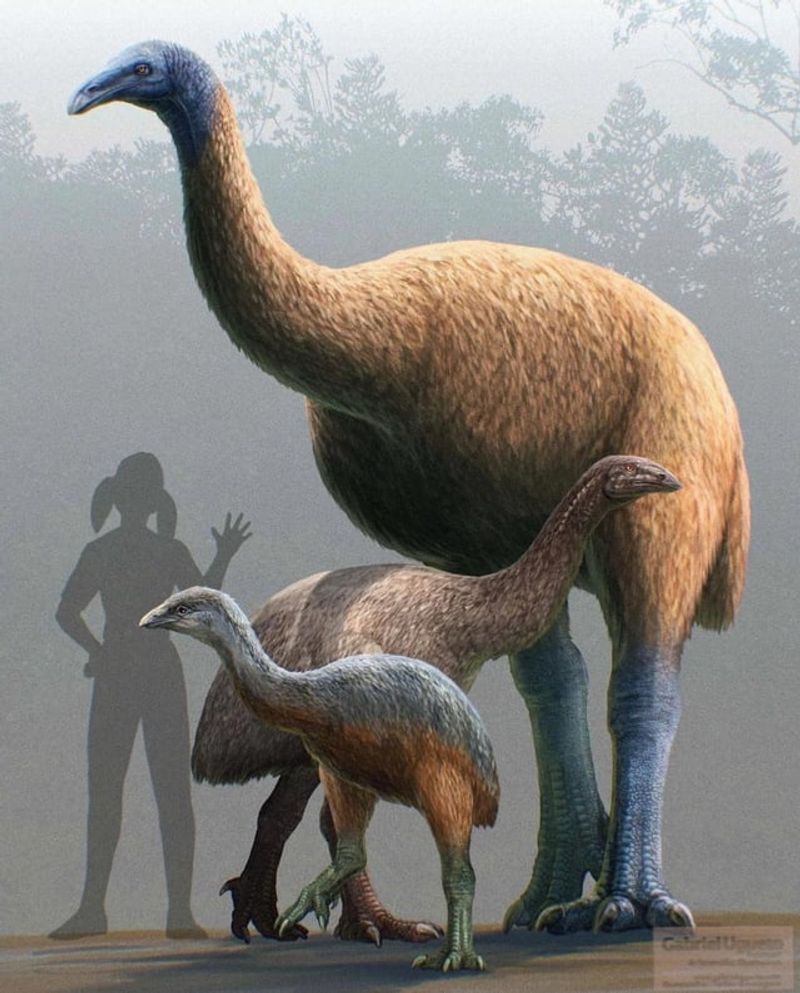
The moa, a group of flightless birds, once dominated New Zealand’s ecosystems. With no natural predators, they grew large, reaching heights of up to 12 feet. Human arrival led to their extinction by the 15th century.
Moas illustrate the delicate balance of isolated ecosystems and the impact of human colonization. Imagining these towering birds wandering ancient forests highlights New Zealand’s unique biodiversity and the importance of protecting island habitats.
Pyrenean Ibex
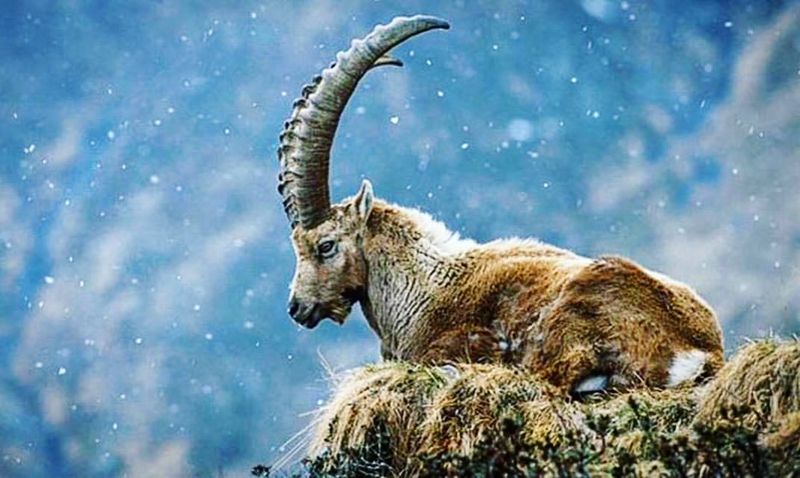
The Pyrenean ibex, a type of wild mountain goat, once roamed the Iberian Peninsula’s rugged landscapes. Known for its impressive horns, it became extinct in 2000 due to hunting pressures and habitat loss.
Efforts to clone the species reflect humanity’s desire to rectify past mistakes. The ibex’s disappearance inspires awe for mountain wildlife and a commitment to preserving these majestic creatures. Visualizing them among alpine peaks enhances our appreciation for nature’s wonders.
Carolina Parakeet
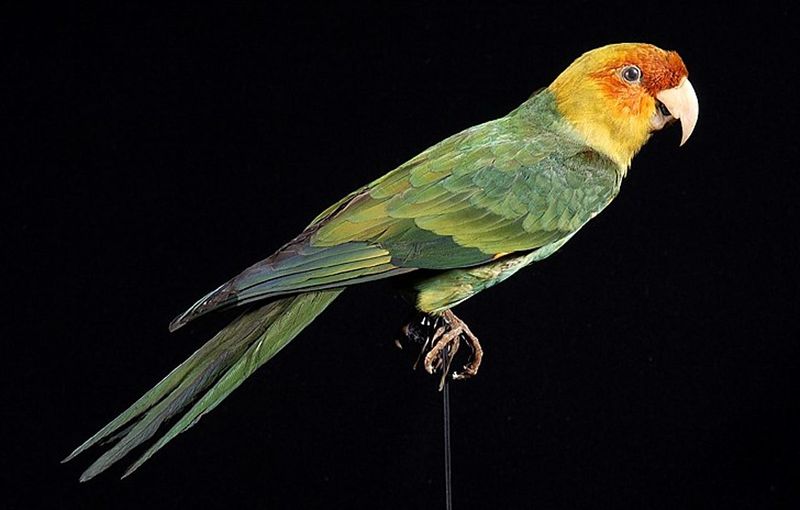
The Carolina parakeet, a vibrant parrot native to the southeastern United States, was renowned for its striking plumage. Once abundant, it faced extinction in the early 20th century due to habitat destruction and hunting.
Revered for their beauty, these birds represent a lost piece of America’s natural heritage. Imagining flocks of these colorful parakeets in southern woodlands evokes both wonder and sorrow. Their story urges us to cherish and protect avian diversity.
Megalodon
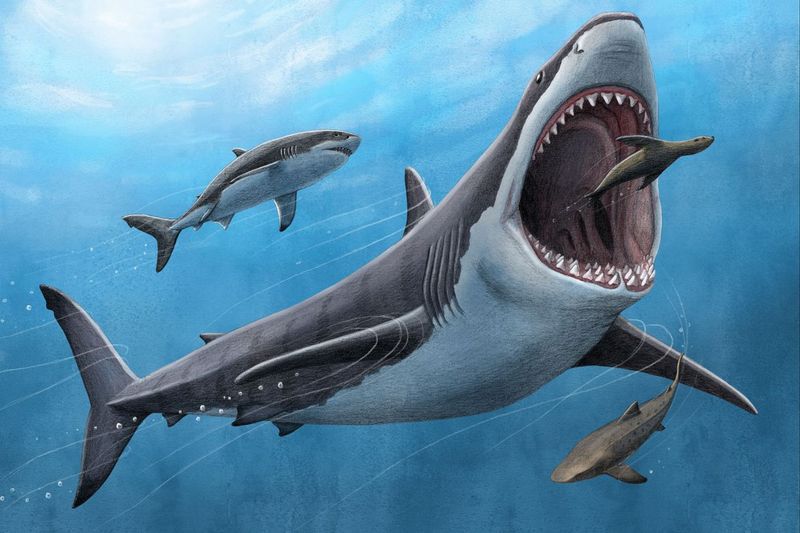
The megalodon, a prehistoric shark of colossal proportions, ruled the oceans millions of years ago. With jaws spanning up to 10 feet and teeth the size of a human hand, it was a formidable predator. Its extinction, likely due to climatic changes and competition, left a void in the oceanic food chain.
The megalodon’s legendary status fuels fascination with ancient marine life. Visualizing this giant shark cruising through primeval waters captures the imagination and our quest for oceanic mysteries.
Aurochs

The aurochs, ancestors of modern cattle, once roamed Europe’s forests and plains. Known for their large size and strength, these wild bovines were hunted to extinction by the 17th century. Efforts to revive their genetic lineage continue, aiming to restore Europe’s natural heritage.
The aurochs’ tale resonates with our desire to reconnect with ancient landscapes. Imagining these majestic beasts roaming free inspires a deeper appreciation for wild cattle and their ecological roles.
Saber-Toothed Tiger
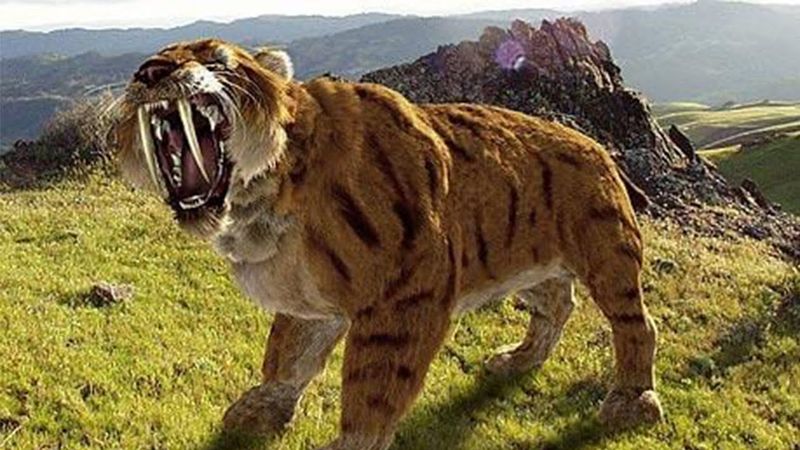
The saber-toothed tiger, or Smilodon, was a formidable predator of the Pleistocene epoch. Its iconic elongated canine teeth and muscular build made it a top predator. These cats roamed the Americas, hunting large herbivores.
Climate changes and prey scarcity led to their extinction around 10,000 years ago. The image of a saber-toothed tiger prowling ancient landscapes evokes awe and curiosity about Earth’s evolutionary past.
Their story highlights the adaptability and eventual vulnerability of even the mightiest species.
Heath Hen
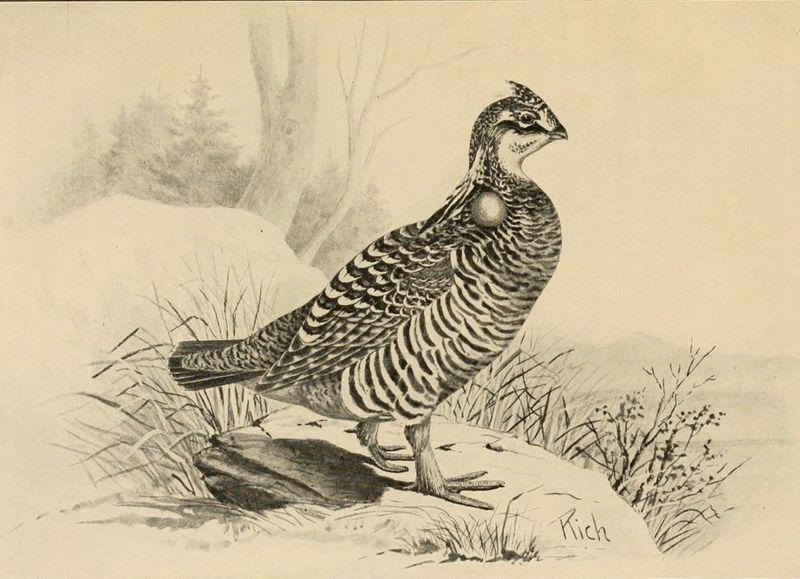
The heath hen, a subspecies of the greater prairie chicken, inhabited North America’s eastern coastal plains. Known for its unique courtship displays, it captured the imagination of early settlers. Overhunting and habitat loss led to its extinction in the 1930s.
The heath hen’s story is a somber reminder of the fragility of specialized species. Imagining these birds in their natural meadows inspires efforts to conserve grassland habitats and protect remaining prairie species.
Barbary Lion
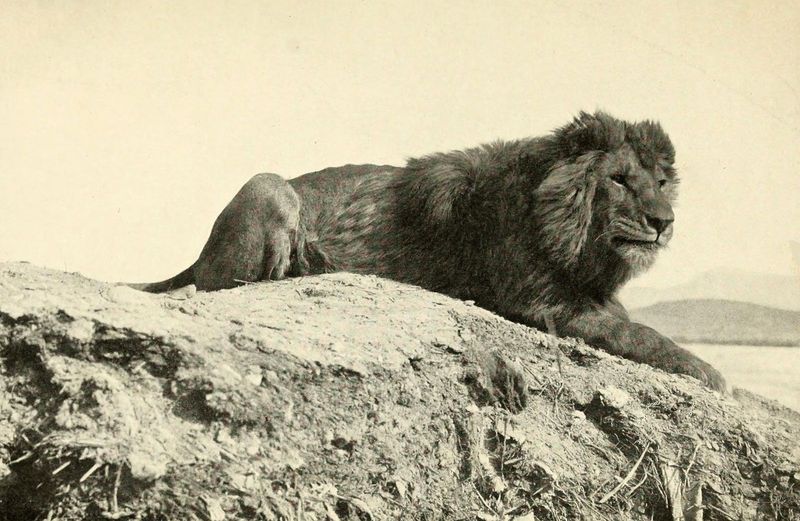
The Barbary Lion, also known as Panthera leo leo, once reigned through the mountainous regions of North Africa. Renowned for its majestic appearance, the Barbary Lion boasted a fuller mane than most other lions.
This king of the beasts played an integral role in the cultural and ecological landscape of its era. Excessive hunting and habitat loss led to its decline, with the last known wild Barbary Lion killed in the 1940s.
Today, efforts are underway to preserve its genetic lineage through descendants in captivity, but reintroducing them to the wild remains a challenge. The Barbary Lion’s story underscores the need for conservation and the protection of wildlife corridors.
Atlas Bear
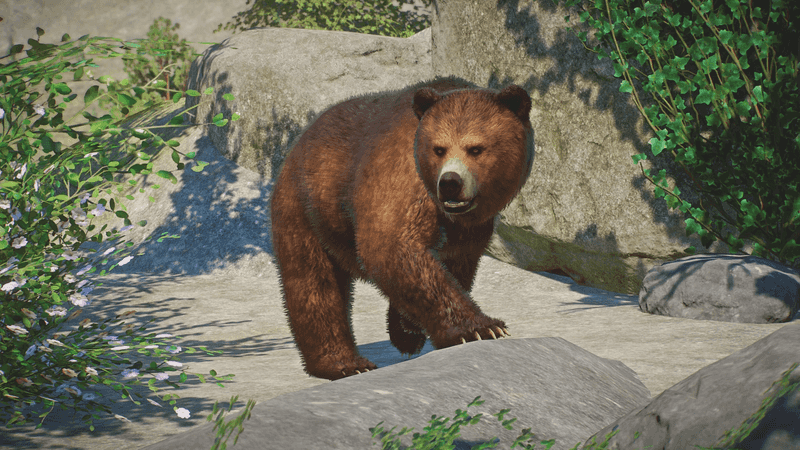
The Atlas Bear, known scientifically as Ursus arctos crowtheri, was the only native bear species to inhabit Africa. These bears once roamed the forests and mountains of the Atlas range, feeding on a varied diet of plants and small animals.
Resilient and resourceful, they were a crucial part of their ecosystem. Sadly, the Atlas Bear was driven to extinction by overhunting and habitat destruction in the late 19th century.
This loss highlights the lasting impact of human activity on biodiversity, urging us to rethink our relationship with nature and prioritize conservation efforts for remaining species.
Short-Faced Bear
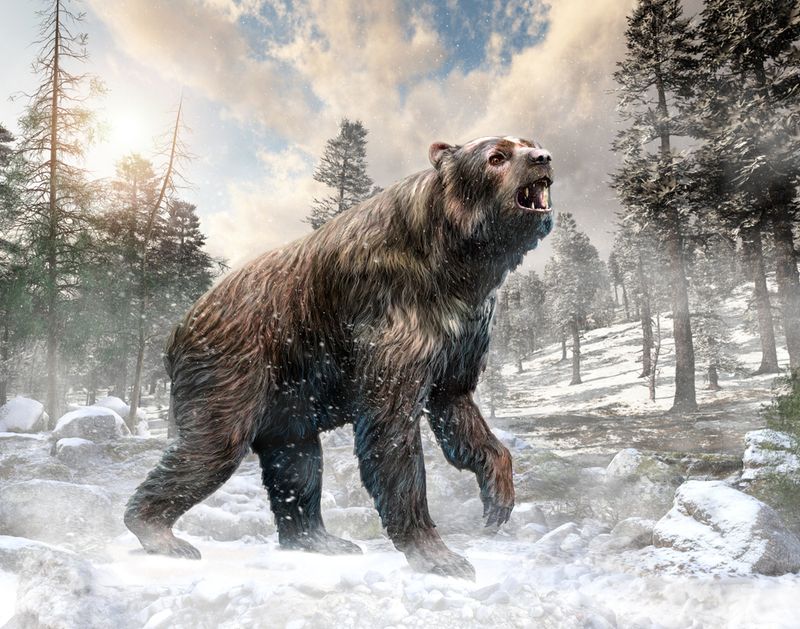
The short-faced bear was one of the largest terrestrial mammals of North America during the Pleistocene epoch. Known for its long legs and powerful build, it was a dominant predator.
Climate changes and competition with humans contributed to its extinction. The short-faced bear’s immense size and unique features capture the imagination, inspiring awe for Earth’s megafauna.
Imagining these bears roaming ancient landscapes reminds us of the incredible diversity that once flourished on our planet.
Bali Tiger
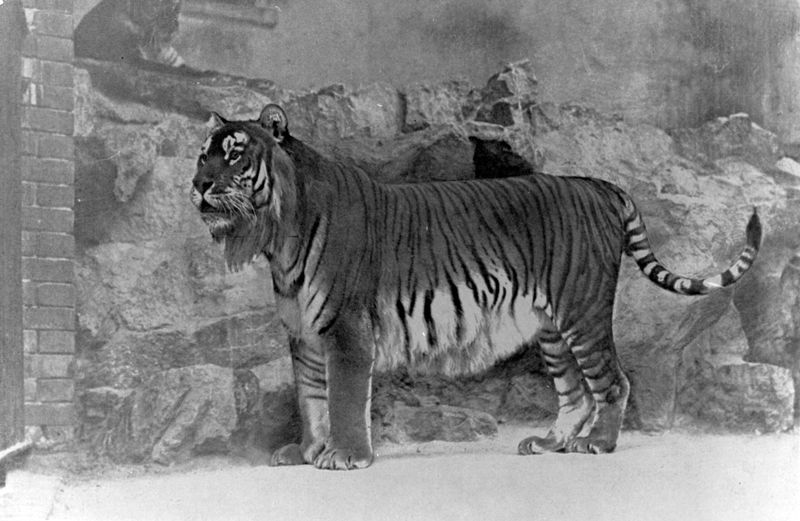
The Bali Tiger, or Panthera tigris balica, was a subspecies of tiger that once prowled the lush forests of Bali. These tigers were smaller than other tiger subspecies, yet they embodied the fierce and enigmatic spirit of the island’s dense jungles.
The Bali Tiger was a top predator, maintaining the balance within its ecosystem by controlling prey populations. Rapid human population growth and habitat destruction during the early 20th century led to the decline of these majestic creatures.
The last confirmed sighting was in 1937, and they are now considered extinct. The Bali Tiger’s disappearance highlights the critical need for preserving wild habitats and addressing human-induced pressures.
Archaeopteryx
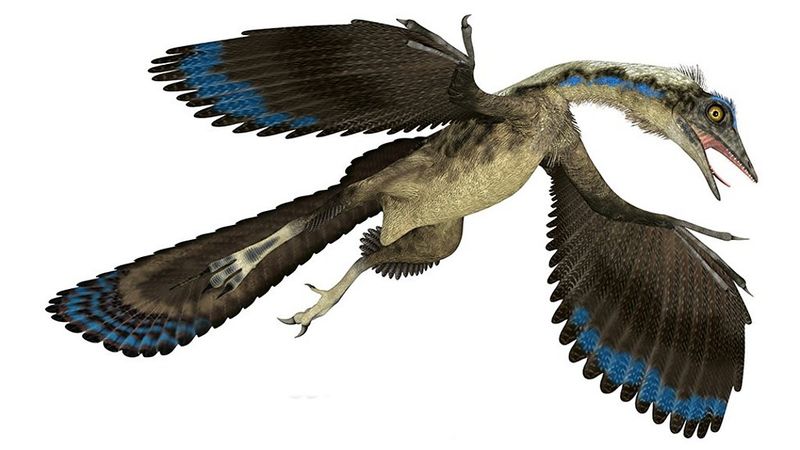
The Archaeopteryx, a transitional fossil between dinosaurs and birds, lived during the Jurassic period. With its feathered wings and sharp teeth, it represents a key moment in evolutionary history.
This creature’s discovery fueled scientific debates about the origins of birds. Imagining Archaeopteryx soaring above primeval forests enriches our understanding of life’s evolution.
Its legacy encourages appreciation for the intricate connections between species and the unfolding story of life on Earth.
Helicoprion
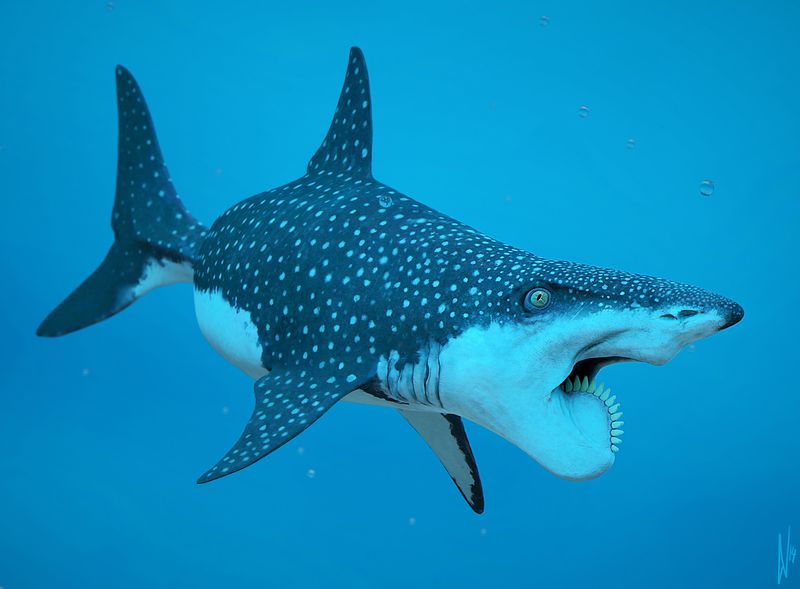
The Helicoprion, with its bizarre spiral jaw, once ruled the oceans around 290 million years ago. This ancient shark sported a unique whorl of teeth, resembling a buzz saw, which has puzzled scientists since its discovery.
Imagine a jaw equipped with a dental weapon, ready to slice through soft-bodied prey. The exact mechanism of this jaw remains a mystery, as fossil records primarily preserve the teeth, leaving researchers with much to speculate.
Some believe the jaw spiraled inward like a conveyor belt, an evolutionary marvel of predation. Helicoprion’s jaw is an icon of prehistoric innovation, making it a symbol of nature’s creativity.
Gigantopithecus
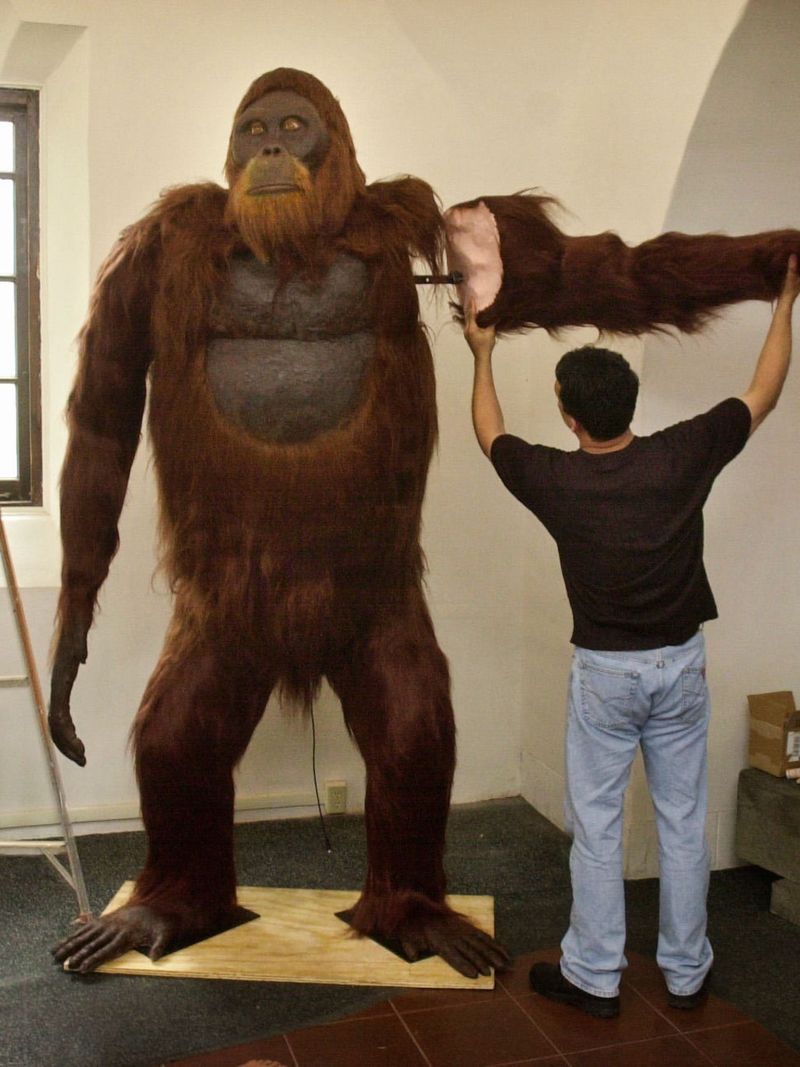
Meet Gigantopithecus, the colossal ape that roamed the forests of Asia around 100,000 years ago. Standing up to ten feet tall, this gentle giant was the largest primate ever to live.
Gigantopithecus thrived in dense jungles, where it foraged for fruits and bamboo, exerting a significant influence on its ecosystem. Despite its size, much about its lifestyle remains speculative, as only teeth and jawbones have been found.
These fossils suggest a creature adapted to a herbivorous diet, relying on its massive size for protection. The mystery of why Gigantopithecus vanished continues to intrigue researchers and spark the imagination.

